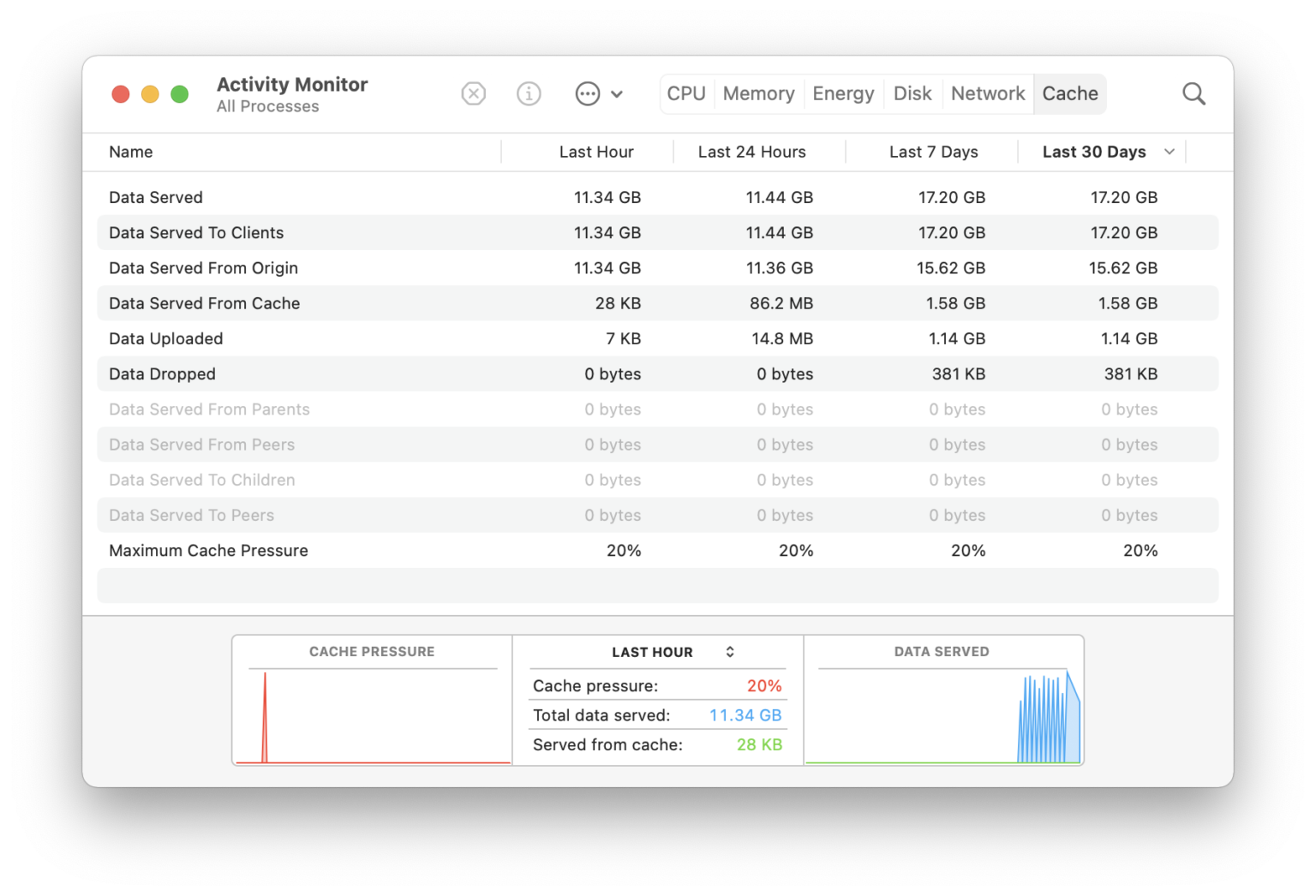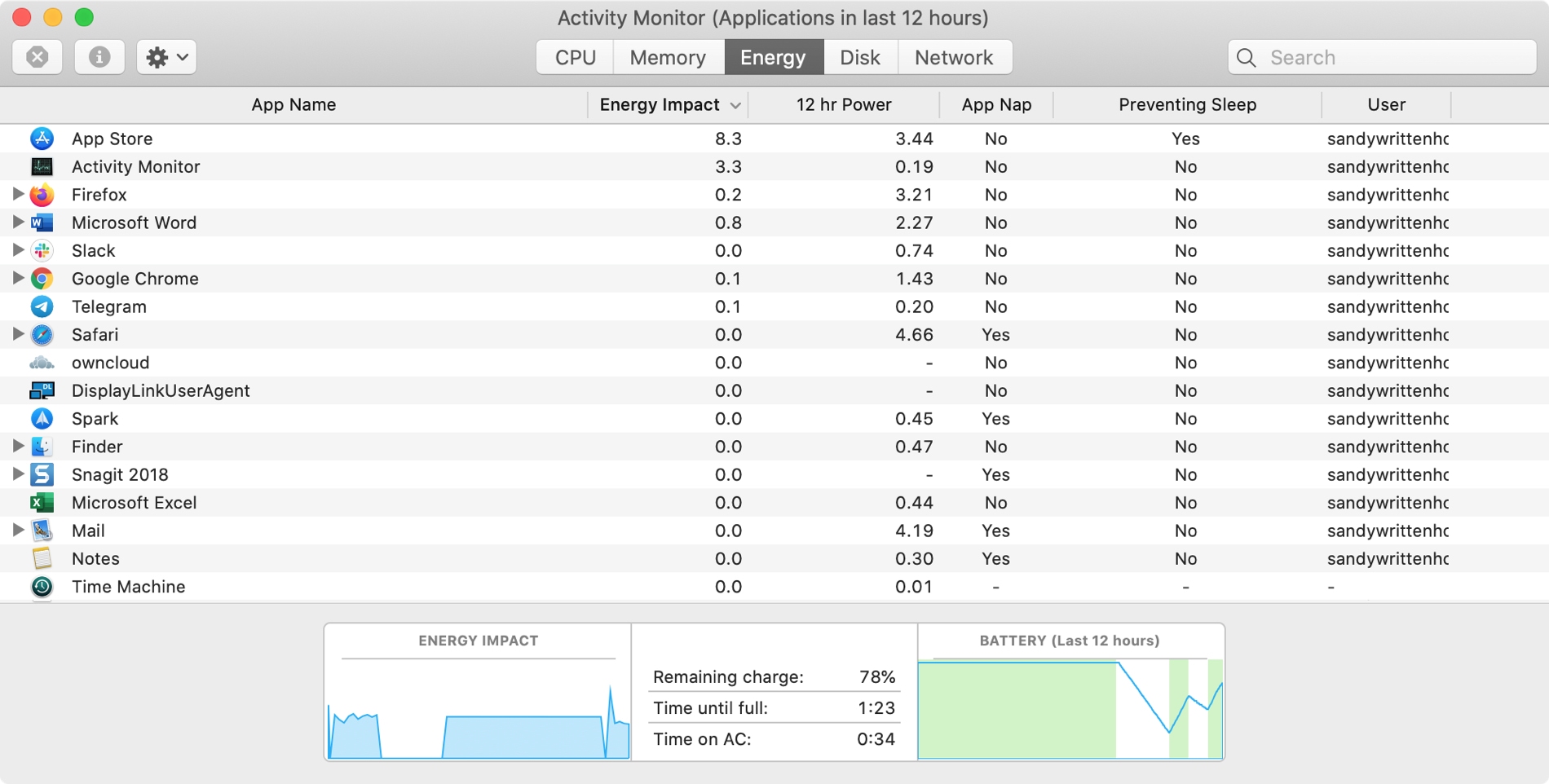

- ACTIVITY MONITY MAC HOW TO
- ACTIVITY MONITY MAC UPDATE
- ACTIVITY MONITY MAC PRO
- ACTIVITY MONITY MAC MAC
You can also use the search function near the top right of the Activity Monitor window to locate a specific app that you’re looking for.

If it’s being translated, it’ll say Intel. The 6th column from the left shows which CPU architecture an app is running on.Īpps that are running natively on Apple Silicon will have the word Apple on the Architecture column. This is the column that will show you if an app is running natively on Apple Silicon, or M1, or on Intel. And you will see a new column called Architecture. Once the Activity Monitor is open, navigate to the “CPU” tab if you aren’t there already.

You can open the Activity Monitor in a few different ways.
ACTIVITY MONITY MAC HOW TO
How to check if an app is running on Intel or M1Īll you really need to do is fire up the “Activity Monitor” tool on your Mac. Let’s find out how to check which apps are running on Intel and Apple M1 in a matter of seconds. Thankfully, Apple has made it really easy to check.
ACTIVITY MONITY MAC PRO
One of the things that I constantly kept looking for when testing the performance of apps on my new MacBook Pro with M1 was whether or not new apps I installed were running on Intel or Apple Silicon. And it shows on nearly all the reviews people have published so far. While there are still small issues that are yet to be ironed out, for the most part, people have been loving the first generation of Apple Silicon processors. It’s safe to say at this point that Apple’s move to its own chips, Apple M1, has been going remarkably well.
ACTIVITY MONITY MAC MAC
But it's a handy little tool if you need to monitor your Mac's CPU use or some other use while you're working without having that big window getting in the way.If you’re using a Mac with the Apple M1 chip and you want to know if a particular app is running on Apple M1 natively, here’s how you can find that out.
ACTIVITY MONITY MAC UPDATE
It has to be running to monitor these things and update it's Dock icon. Even if I were to putt the Activity Monitor in the Dock by dragging it over to the left there, when I Quit it just goes back to the default icon. You can Hide or Minimize the Activity Monitor and leave this down here. So right now it's at the bottom but if I were to be using a lot of CPU it would jump up towards the top. Then lastly I've got an option for CPU use without the history. So as I'm doing various things, maybe rendering video in Final Cut or audio on GarageBand, things like that, I'm going to see CPU use jump. That's going to give me a graph that's the same as this here and it's going to start at the beginning. So loading webpages, for instance, I would see a spike for Read. That's going to spike when it's reading or writing to the internet various different things. Like, for instance, I can do Network usage. I could also change to show other things. Now it's hidden and it doesn't get in my way but the icon still is there. Command H to hide or go to this menu here, Hide Activity Monitor. So I can see here the Reads and Writes, blue for Reads and Red for Writes, and there's the graph in Activity Monitor and it's the same as in the Dock.īut I can hide Activity Monitor. I get a graph now that's going to continuously update showing me disk activity.

You can actually set it to show you information.įor instance, I can, in Activity Monitor, go to View and there's a Dock Icon option here. I've got the Dock icon here for Activity Monitor and it's a static icon. One of the really cool things about it is you don't have to have this big window open here all the time with this list of processes. But if you suspect a processor using a lot of power or battery on your MacBook you may want to monitor it and use this tool for that. If you're a developer like myself it's somewhat useful. I can go to CPU use, Memory, Energy use, Disk use, Network use. I'm going to use Spotlight so Command space, search for Activity Monitor and run it. It's an app that's on your Mac that allows you to monitor CPU use, energy use, disk use on your Mac. Video Transcript: You may already know about Activity Monitor. Check out Activity Monitor Dock Icon at YouTube for closed captioning and more options.


 0 kommentar(er)
0 kommentar(er)
